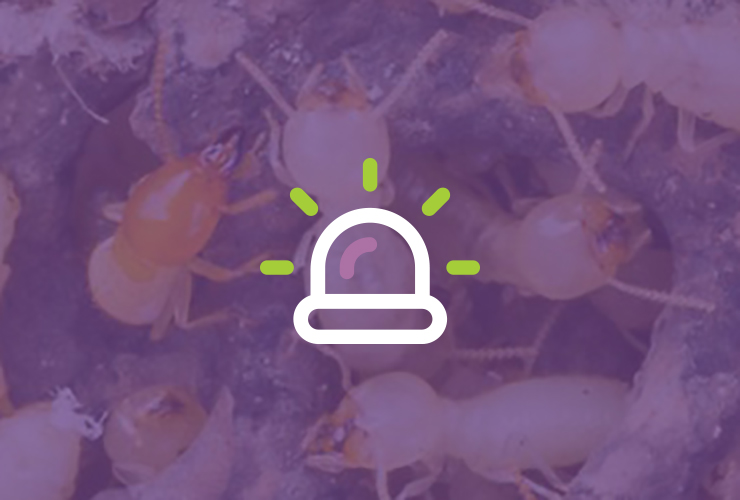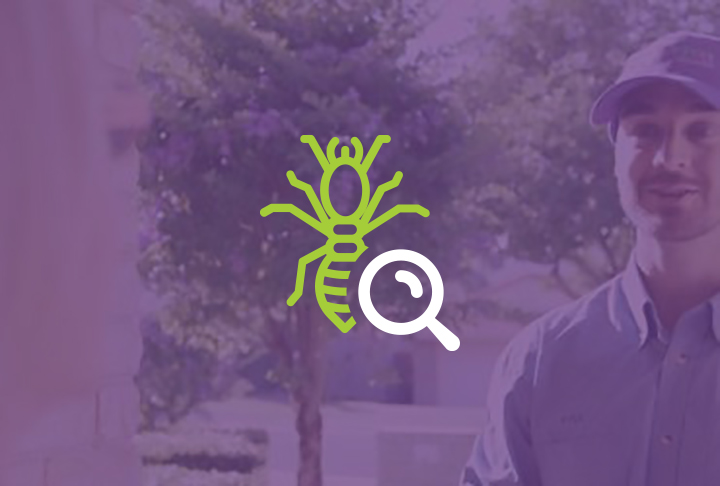How to treat termites in a tree or stump
DON’T PANIC; IT’S NORMAL TO FIND TERMITES IN A TREE
It’s entirely normal for termites to make their home in a tree or stump. It’s been a relationship that has existed for millions of years.
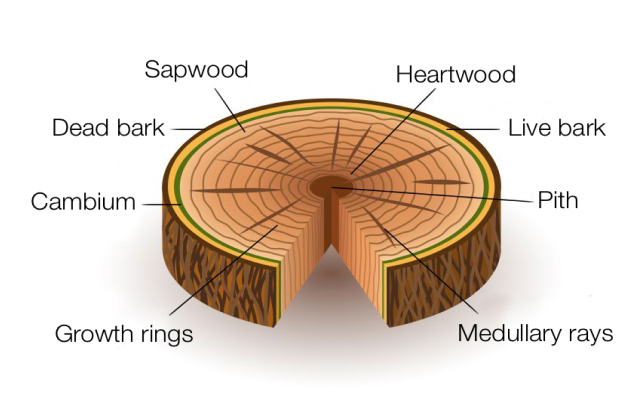
Trees are termites ideal home
Trees provide the ultimate nesting spot for termites particularly if it is a eucalyptus (gum tree), the dominating genus of the tree flora found in Australia. The heartwood in the middle of the tree trunk is very desirable for termites. You’ll find that termites don’t eat the sapwood or growth rings sections of a tree. For termites, trees are like restaurants reaching for the skies.
Tree stumps eventually become an ideal place for termites to establish their nest. Once a stump “ages” the timbers become susceptible and desirable to foraging termites. For a termite colony, stumps provide an ample source of food and a safe haven.


There is no such thing as a silly question - We strive to help.
How to treat termites in a tree or stump
Tree trunk termites nest
To treat live termites in a tree our Technicians need to drill several holes right into the middle searching for a hollow area. We can insert a borescope to get visual confirmation of termites. Once we can confirm there are termites inside the tree, our Technician will inject a liquid non-repellent transfer chemical (Termidor). This is completely safe for the health of the tree (actually greatly improves by stopping the termites eating the heart of the tree), plus we seal the drill holes with plugs for sealant.
Tree stump termite nest
The best way not to have termites in your tree stumps is not to have tree stumps! Once you have a tree cut down, get it ground out. If you have live termites or a termite nest in the stump, get it treated by booking one of our Technicians to inject a liquid non-repellent transfer chemical (Termidor), then get it ground out.

Signs of termites in a tree or stump


Termites will secretly eat up the middle of a tree or stump and establish a nest. Being expert Engineers, they won’t eat all of the trees. Otherwise, it might fall over in strong winds and guess who would suffer first!
From these “tree nests” that termites forage out in search of an ample supply of food – your house!
If the tree’s girth is wide enough, termites will build a nest about 1 to 1.5 meters up inside a tree trunk. But typically, most of the termite nests are found in the base, where the roots spread out of trees.
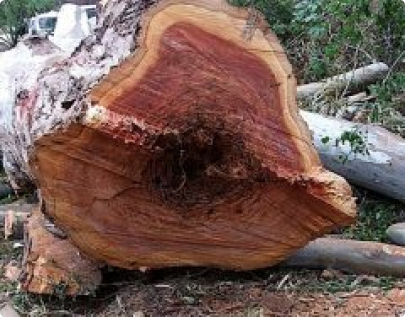
Mud leads on the outside of the tree are the most visible signs you have termites affecting your tree. It doesn’t necessarily mean they are nesting inside the trunk, but it certainly indicates they operate in the area. When you see these leads, the termites come down from their arboreal nest high up in the tree to forage for food.
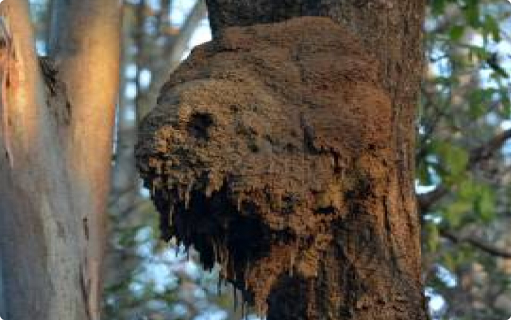
Some types of termites will build a nest on the outside, called an “Arboreal” nest. Some arboreal nests are like an annexe for the primary nest that has outgrown its capacity in the trunk.

You also might see “Flight Tube” exit holes higher up in a tree. This is where the reproductive winged termites exit to fly out to find another mate from another nest.
As stated before, termites are fantastic engineers; they know when they are compromising the strength of a tree and will stop eating. But some of the trees that termites infest have been compromised with age and fungal decay. This is the primary reason trees fall over in a strong wind. *Remember, if a tree falls on your house and it is proven to have live termites, some insurance companies will not payout.
Some common questions

